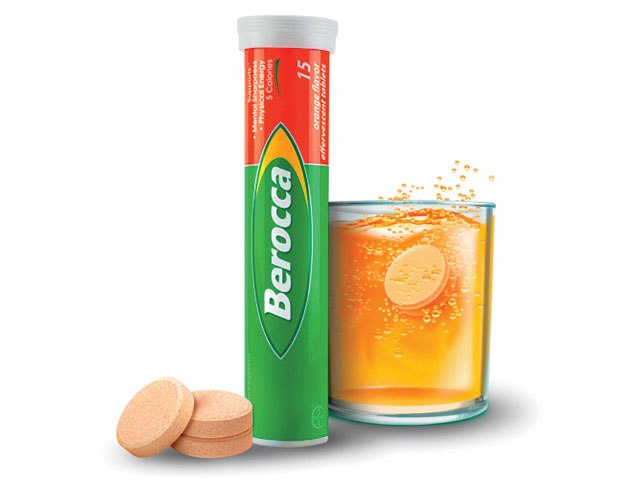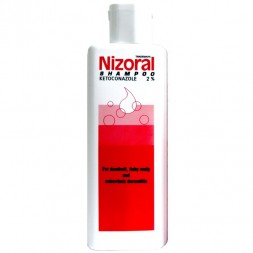
Vitamin B6 is good for the absorption of amino acids (proteins) in the body and the overall neurological system. It also helps maintain a healthy immune system.
Vitamin B6, also known as Pyridoxine, is a non-caloric organic substance, which is essential for the metabolism. The body doesn’t produce it though. As vitamin B6 is water soluble (hydro soluble), the body gets rid of it very quickly via urination. So, daily consumption of vitamin B6 is required in order to have a sustainable metabolism and strong immune system. Three different chemical forms doing the same job are known: Pyridoxine (PN), Pyridoxamine (PM) and, pyroxodal (PL).
Absorption and Metabolism
Vitamin B6 Needs and Sources
Vitamin B6 Deficiency and Overdose
What is Vitamin B6 Used For?
Vitamin B6 converts pyroxodal phosphate (PLP), which is a co-enzyme involved in several enzymatic systems linked to amino acids metabolism. In other words, vitamin B6 is related to the use of proteins from food. Indeed, vitamin B6 is co-enzyme of more than 100 enzymes. Those enzymes are only active if there is vitamin B6.
Chemical reactions, in which vitamin B6 is involved, allow synthesis and degradation of some amino acids (tryptophan, tyrosine, methionine), but also hemoglobin synthesis (protein that carries oxygen), as well as glycogens and lipids. Vitamin B6 also plays an important role in the immune system strength.
Absorption of vitamin B6 is processed in the small intestine (jejunum) by passive mechanism. It means that we don’t use energy to digest vitamin B6. Liver is the main organ of synthesis of vitamin B6 active forms. Vitamin B6 can move along blood, in the plasma or red cells. There is a limited stock of Vitamin b6 in the body though, as kidneys play a role of organ of excretion.
Recommended Daily intake is 1.4 mg. Pregnant women and elderly citizens are advised to increase Vitamin B6 daily intake to 2 mg and 2.2 mg respectively.
Plant-based sources include whole-grain products (rice, wheat, rye, millet) and in sprouted whole-grains. Vitamin B6 originated from plants doesn’t lose much of its contents when cooked.
Animal-based vitamin b6 sources can be found in fish and beef. However, a large quantity of vitamin b6 is lost when storing, processing and cooking animal foods because it doesn’t contain pyridoxine, as opposed to vitamin b6 found in plant foods.
Vitamin b6 deficiency is due to low daily intake, absorption problems and/or when vitamin b6 functions are altered. Increased risks of vitamin b6 deficiency are found in elderly people, pregnant women, alcoholics, and people under hemodialysis. Deficiency in Vitamin b6 is scarce in developed countries though.
Signs of vitamin b6 deficiency include seborrheic dermatitis and/or pellagra (hair loss). As vitamin b6 plays a role in neurotransmitter diffusion, deficiency can also show signs of cerebral activity dysfunctions and mood disorders (depressive state, stress, irritability). Drug interactions are also linked to vitamin b6 deficiency such as Isoniazid (anti tuberculosis medication) and some birth control pills.
Vitamin b6 overdose may show signs of neurotoxicity. No report of overdose from food sources has been documented yet. Experts agree that a daily intake of 5 mg is the maximum tolerable limit.
Check out our last news: How To Relive Itchy Scalp
Related articles that may interest you: Berocca Performance
Mouth Ulcer Natural Treatment & Vitamin Deficiencies
Always seek the advice of your physician or other qualified health provider with any questions you may have regarding a medical condition. The material appearing on this page is for informational use only. It should not be used as a substitute for professional medical advice, diagnosis or treatment.





